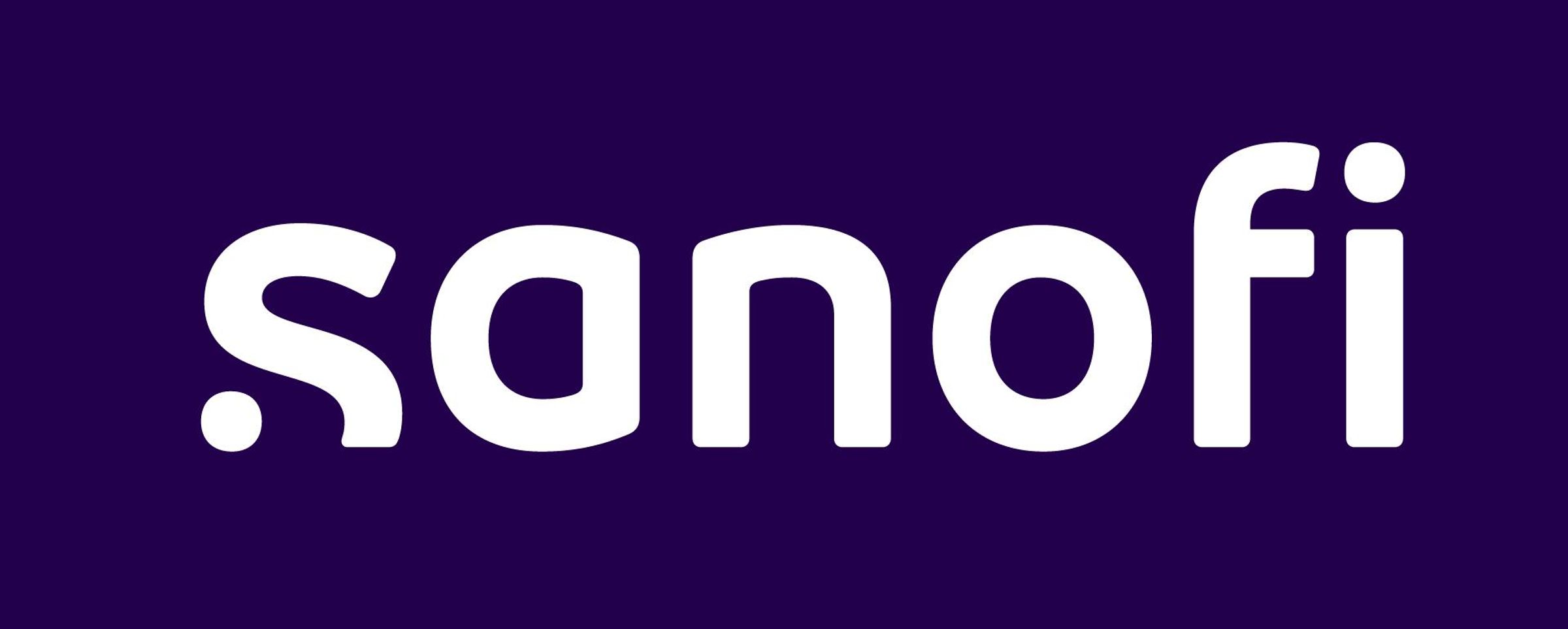From Patient to Pediatrics to Public Health: Putting Empathy into Practice

By Dr. Katherine Galarza, Director of Medical and Scientific Affairs
Having been on the vulnerable side of the exam table can change how you approach your role as a doctor. Every time I looked into the eyes of overwhelmed parents and anxious kids, I felt I could understand what was going on behind them. Because I had been there myself. I myself have been the patient hearing a life-changing diagnosis and the patient who had a caring doctor make a difference for me. Just as I was poised to begin college, I was diagnosed with metastatic thyroid cancer. It put everything on hold. Instead of going to classes and dining halls, I was going to surgical and nuclear medicine appointments. Fortunately, for me, medicine had a silver bullet up its sleeve.
After my experience as a patient, I knew I wanted to work in medicine. Once treatment was behind me and I was cancer-free, I showed up at University of California at San Diego with a new focus. I started small, volunteering in the university hospital. I did whatever was needed – even changing lightbulbs. My work in hospitals and laboratories advanced alongside my studies as I majored in biology. They came together when, just days after graduating, I began a job in cutting edge research at the University of California, San Francisco. The work was exciting, and the people with whom I was working and learning were inspiring – incredibly accomplished scientists who were determined to change the world. In the evenings after work, I volunteered at the Haight-Ashbury Free Clinic, often caring for people who lacked any other medical home, and at times, a home at all.
Although I loved the world of scientific research, I felt drawn to work more closely with patients – to look into the eyes of people who I knew needed my help. That urge took me to medical school.
I chose pediatrics, where I could use both science and my aptitude for compassion and empathy to help children through their own emotional and physical trials. I loved practicing pediatrics. A pediatrician watches a child go from a tiny newborn to an adult just beginning to make their way in the world. It is the greatest gift anybody can be given: to be able to help kids stay safe and healthy throughout that journey. It is also a challenge. Pediatricians see all types of patients, from infants to young adults, and each age has its own set of concerns. A pediatrician must be prepared to recognize and manage every possible diagnosis, from the rarest genetic conditions to increasingly common mental health concerns. Pediatrics today is as challenging as it has ever been, and the doctors serving these patients need access to clear, accurate, and effective information.
In my experience, vaccines are essential to helping keep kids healthy and protected. Saving five lives per minute worldwide, vaccines are a cornerstone of public health.1 In the U.S., vaccines prevented 21 million hospitalizations and 732,000 deaths among children born during 1994 and 2013.2 They are often the best way to help protect us from many serious infectious diseases at every stage of life.
My experience as a teen patient allowed me to better understand the needs of the families in my care as a doctor, and my experience as a practicing pediatrician led me to Sanofi (at the time Sanofi Pasteur). As a director of medical and scientific affairs at Sanofi, my career in clinical pediatrics has empowered me to continue to serve patients through supporting the doctors on the front lines who depend on us. At Sanofi we work to support health education and by raising awareness among both doctors and parents about the risks of disease for some of the most complex patients they care for: teenagers. One condition we want to do all we can to help prevent is meningococcal meningitis. While anyone can contract a meningococcal infection, teens can be at the highest risk. At HelpStopTheClock.org, parents can learn how they can help keep protecting their growing kids (make sure to watch the below video to learn more about the importance of the MenACWY and other important adolescent vaccines).
Teenagers crave independence, and we can help them be ready to take the reins of their own lives by providing continued protection, care, and empathy. I know because I’ve been there: a young adult that was scared yet daring and determined. I’ve been that parent who will do anything to help keep their child safe. I’ve been the doctor working hard to earn and keep their trust. I have been on both sides of the exam table. And I know that compassion matters to us all.
1. Rappuoli R, Pizza M, Del Giudice G, De Gregorio E. Vaccines, new opportunities for a new society. Proc Natl Acad Sci U S A. 2014;111(34):12288-12293. doi:10.1073/pnas.1402981111
2. Whitney CG, Zhou F, Singleton J, Schuchat A; Centers for Disease Control and Prevention (CDC). Benefits from immunization during the vaccines for children program era - United States, 1994-2013. MMWR Morb Mortal Wkly Rep. 2014;63(16):352-355.